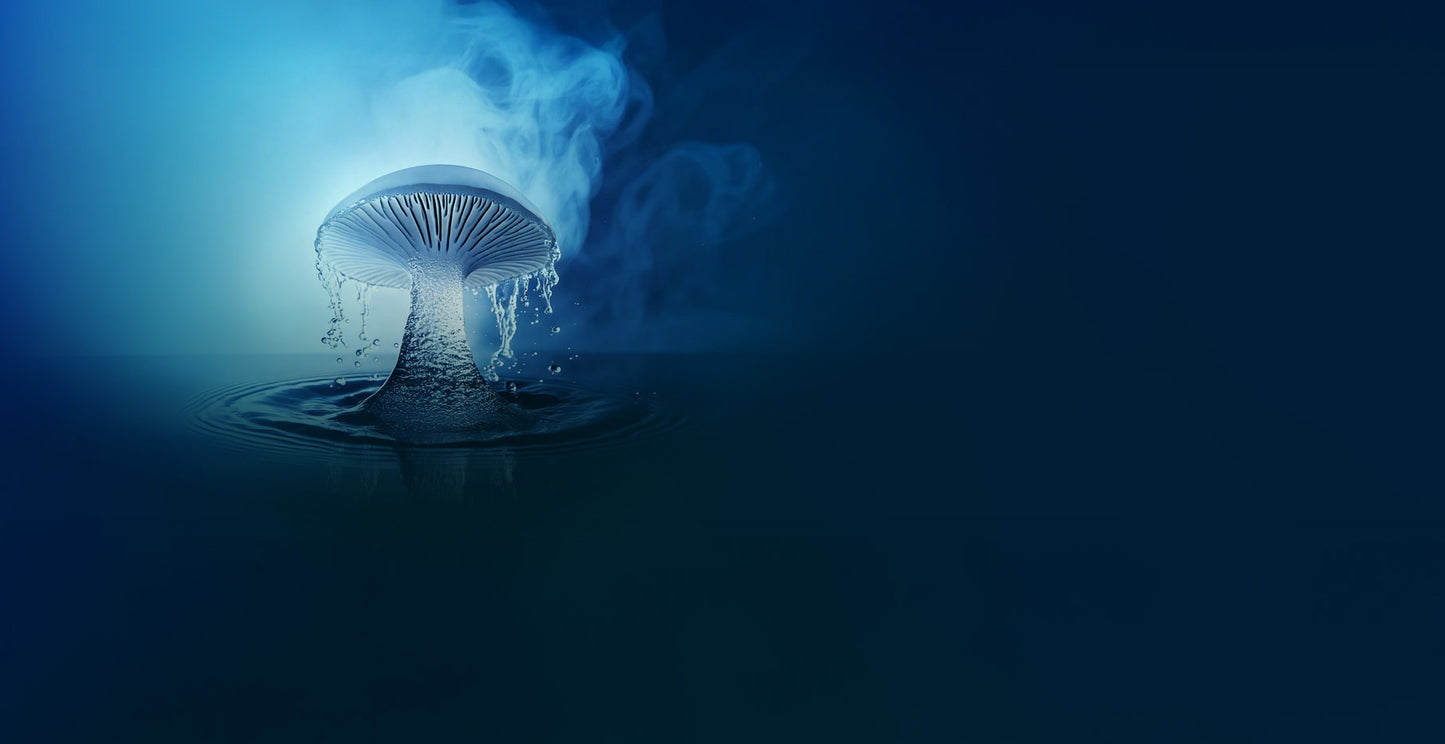Why a Hot Water Extract?
Dr. Mark Stengler N.D., in his recent book "The Health Benefits of Medicinal Mushrooms," made the observation that all of the independent scientific studies on medicinal mushrooms are based on the use of hot water extracts.
All of the references from Traditional Chinese Medicine also recommend hot water extraction when preparing medicinal mushrooms. We have absolute consensus on this issue from two distinctly different healing traditions. Why do they recommend hot water extraction?
The answer is simple and is based on two factors.
Bioavailability
The immune supporting polysaccharides common to all medicinal mushrooms and mushroom mycelium are found inside of the cell walls. However, the cell walls of the mushrooms and mushroom mycelium are made from an indigestible fiber called "chitin," the same material a lobster shell is made of.
Hot water extraction is the only clinically validated method for breaking these polysaccharides out of the indigestible cell walls. Even soft mushrooms like Shiitake are prepared as a hot water extract or a tea when used medicinally.
Concentration
The immune supporting polysaccharides found in the cell walls of mushrooms and mushroom mycelium comprise only 0.5-2% of the total mass by dry weight (depending on the mushroom), not enough to have effect even if they were bioavailable. Most hot water mushroom/mycelium extracts are at least a 20:1 concentration.
Hot water extraction dissolves the indigestible fiber (chitin), allowing the fiber to be removed from the extract when the water is removed. This process concentrates the polysaccharides to the effective levels identified in the published research.
Studies Verifying the Need for Hot Water Extraction in Different Medicinal Mushrooms
Reishi
- Liu, B., Bau, Y., Fungi Pharmacopoeia. Kiniko Press, p. 170-72 (1980).
- Xie, Z., et al. Dictionary of Traditional Chinese Medicine. The Commercial Press Ltd., Hong Kong, p. 201 (1988).
Coriolus
- (U.S. Patent #4,229,570)
- Liu, B., Bau, Y., Fungi Pharmacopoeia. Kiniko Press, p. 198-200 (1980).
Maitake
- Jianzhe, Y., Icons of Medicinal Fungi from China. Science Press, Beijing p. 195 (1987).
Shiitake
- Chihara, G., et al. Inhibition of Mouse Sarcoma 180 by Polysaccharides from Lentinus edodes (Shiitake). Nature, Vol. 222, p. 637 (1969).
- Liu, B., Bau, Y., Fungi Pharmacopoeia. Kiniko Press, p. 170-72 (1980).
- Bensky D., et al. Materia Medica of Chinese Herbal Medicine, Eastland Press, Seattle, p. 338-39 (1993).Upton, R., et al. Reishi Mushroom (Ganoderma lucidum) Standards of Analysis, Quality Control, and Therapeutics. American Herbal Pharmacopoeia. p. 19 (Sept. 2000).
*These statements have not been evaluated by the Food & Drug Administration. This product is not intended to diagnose, treat, cure or prevent any disease.

